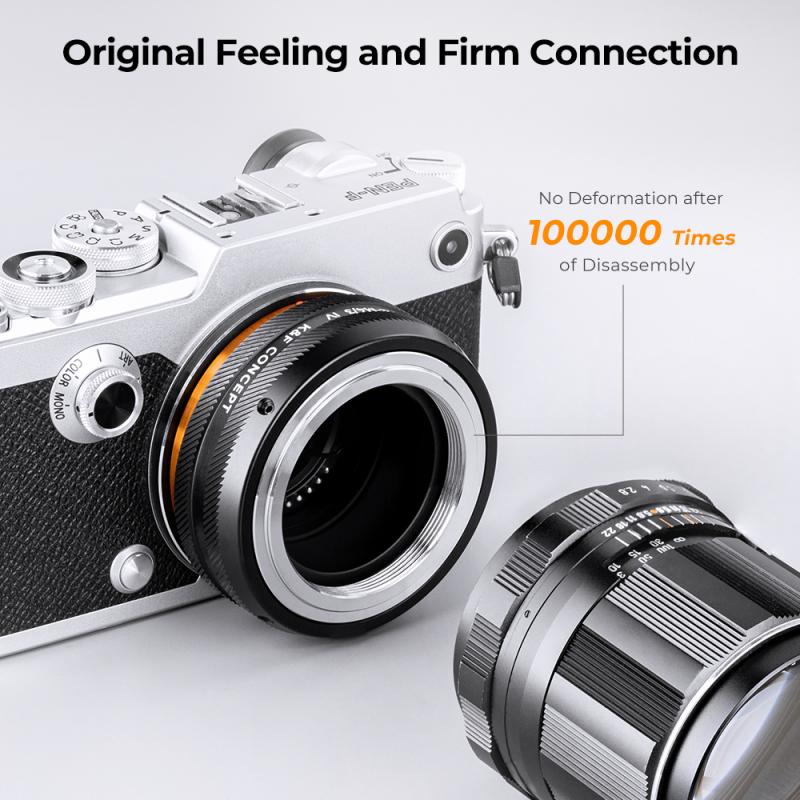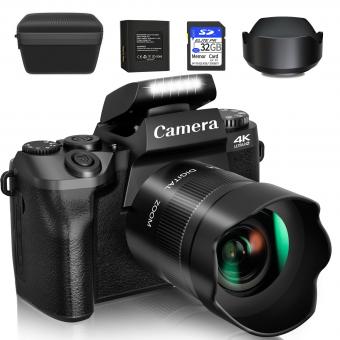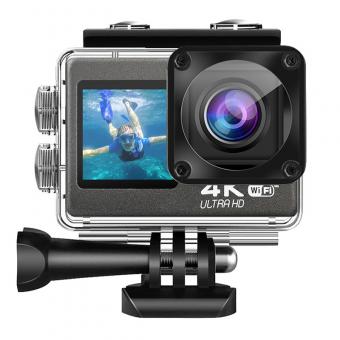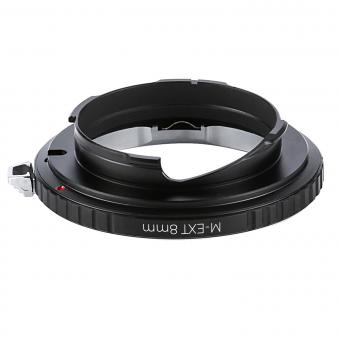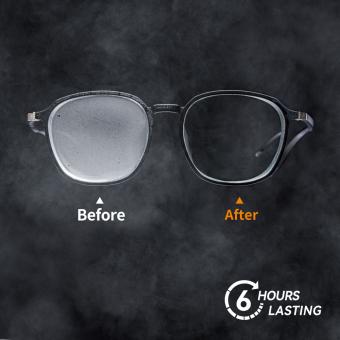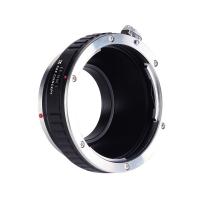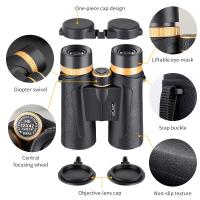How Can I Filter A Camera Video ?
To filter a camera video, you can use video editing software or apps that offer various filters and effects. These tools allow you to enhance the appearance of your video by applying different filters such as color correction, brightness adjustment, contrast enhancement, and more. Additionally, you can also add special effects like blur, vignette, or vintage filters to give your video a unique look. Most video editing software provides a user-friendly interface where you can easily import your camera video, select the desired filter or effect, and apply it to your footage. Once you have applied the filter, you can preview the changes and make further adjustments if needed. Finally, you can export the filtered video in your desired format and resolution.
1、 Video Resolution
To filter a camera video based on video resolution, you can follow these steps:
1. Determine the desired video resolution: Decide on the specific resolution you want to filter the camera video. Common resolutions include 720p (1280x720 pixels), 1080p (1920x1080 pixels), and 4K (3840x2160 pixels).
2. Use video editing software: Import the camera video into a video editing software that supports resolution filtering. Popular options include Adobe Premiere Pro, Final Cut Pro, and iMovie.
3. Set the project settings: Create a new project and set the project settings to match the desired video resolution. This ensures that the final output will have the desired resolution.
4. Import the camera video: Import the camera video into the video editing software's timeline or media library.
5. Apply the resolution filter: Locate the video filter or effect options in the software. Look for a filter specifically designed to adjust the resolution. Apply the filter to the camera video.
6. Adjust the settings: Depending on the software, you may have options to further customize the resolution filter. You can experiment with settings like sharpness, contrast, and saturation to enhance the video quality.
7. Preview and export: Preview the filtered video to ensure it meets your expectations. Once satisfied, export the video in the desired resolution. Choose the appropriate file format and settings for your intended use.
It's worth mentioning that the latest point of view regarding video resolution is the increasing popularity of higher resolutions like 4K and even 8K. These resolutions offer more detail and clarity, especially when viewed on larger screens. However, it's important to consider the capabilities of your camera and the devices on which the video will be viewed. Higher resolutions require more processing power and storage space, so ensure that your equipment and intended audience can handle the chosen resolution.
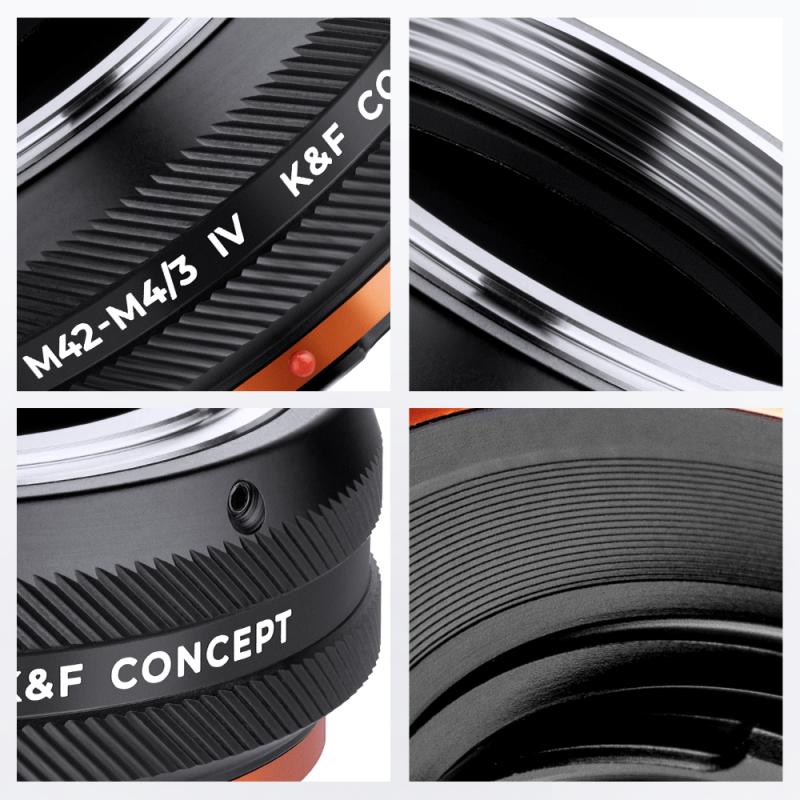
2、 Frame Rate
To filter a camera video based on frame rate, you can use video editing software or programming libraries that provide video processing capabilities. Here's a general approach to filtering a camera video based on frame rate:
1. Import the video: Load the camera video into your chosen video editing software or programming environment. This can usually be done by importing the video file or capturing the video stream directly from the camera.
2. Analyze the frame rate: Determine the frame rate of the video. Most video editing software or programming libraries provide functions or methods to extract this information from the video file.
3. Set the desired frame rate: Decide on the desired frame rate for the filtered video. This could be a higher or lower frame rate than the original video, depending on your specific requirements.
4. Apply the filter: Use the video editing software or programming libraries to apply the frame rate filter to the video. This can usually be done by adjusting the frame rate settings or using specific functions or methods provided by the software or library.
5. Preview and export: Preview the filtered video to ensure the desired frame rate has been achieved. If satisfied, export the filtered video to a new file or save the changes to the original video file.
From a latest point of view, advancements in video processing technology have made it easier to filter camera videos based on frame rate. Many video editing software and programming libraries now offer real-time frame rate conversion, allowing you to change the frame rate on the fly without the need for time-consuming rendering. Additionally, some software and libraries provide advanced frame interpolation techniques, which can generate new frames to increase the frame rate or create smooth slow-motion effects.
It's worth noting that altering the frame rate of a video can affect its visual quality and smoothness. Increasing the frame rate may result in smoother motion but can also introduce artifacts or make the video appear unnatural. Conversely, decreasing the frame rate can result in a choppier appearance. Therefore, it's important to consider the specific requirements and desired visual outcome when filtering a camera video based on frame rate.
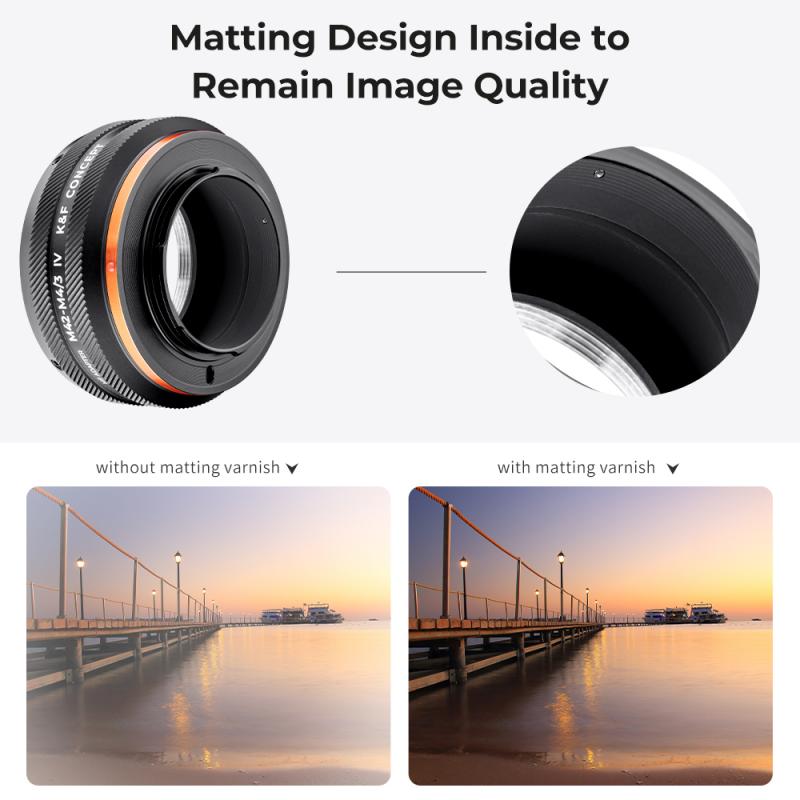
3、 Bitrate
To filter a camera video based on bitrate, you can use video editing software or encoding tools that allow you to adjust the bitrate settings. Bitrate refers to the amount of data processed per unit of time in a video file, and filtering it can help optimize the video quality and file size.
One way to filter the video based on bitrate is by reducing it. Lowering the bitrate can result in a smaller file size, which is useful for online streaming or when storage space is limited. However, reducing the bitrate too much can lead to a loss in video quality, so it's important to find the right balance.
On the other hand, increasing the bitrate can improve video quality, especially for high-resolution videos or those with fast-moving scenes. However, this will also result in larger file sizes, which may not be ideal for certain applications.
It's worth noting that the optimal bitrate for a video depends on various factors such as resolution, frame rate, and the content itself. Different platforms or devices may have specific recommendations for bitrate settings, so it's important to consider those guidelines as well.
In the latest point of view, advancements in video compression technologies have made it possible to achieve better video quality at lower bitrates. For example, the introduction of High Efficiency Video Coding (HEVC) or H.265 has significantly improved compression efficiency compared to its predecessor, H.264. This allows for higher quality videos at lower bitrates, reducing bandwidth requirements and storage needs.
In conclusion, filtering a camera video based on bitrate involves adjusting the bitrate settings using video editing software or encoding tools. Finding the right balance between video quality and file size is crucial, and advancements in video compression technologies have made it easier to achieve better results.

4、 Color Space
To filter a camera video based on color space, you can use various techniques and algorithms to manipulate the colors in the video stream. Color space refers to the specific representation of colors in a video, such as RGB (Red, Green, Blue) or YUV (Luma, Chroma).
One common approach to filtering a camera video based on color space is by applying color correction techniques. This involves adjusting the colors in the video to achieve a desired look or to correct any color imbalances. For example, you can use algorithms like histogram equalization or color grading to enhance the overall color balance and contrast in the video.
Another technique is color segmentation, which involves isolating specific colors or regions of interest in the video. This can be useful for applications like object tracking or background removal. By defining a color range or using color-based clustering algorithms, you can extract specific objects or areas from the video stream.
Additionally, you can apply color space conversions to transform the video from one color space to another. This can be useful for compatibility purposes or to apply specific color effects. For example, converting a video from RGB to YUV color space can help reduce the file size without significant loss of quality.
The latest point of view in filtering camera videos based on color space involves the use of deep learning techniques. Convolutional Neural Networks (CNNs) can be trained to recognize and filter specific colors or objects in real-time. This approach allows for more accurate and efficient color filtering, especially in complex and dynamic video scenes.
In conclusion, filtering a camera video based on color space involves techniques such as color correction, color segmentation, and color space conversions. The latest advancements in deep learning have also opened up new possibilities for more accurate and real-time color filtering in camera videos.
